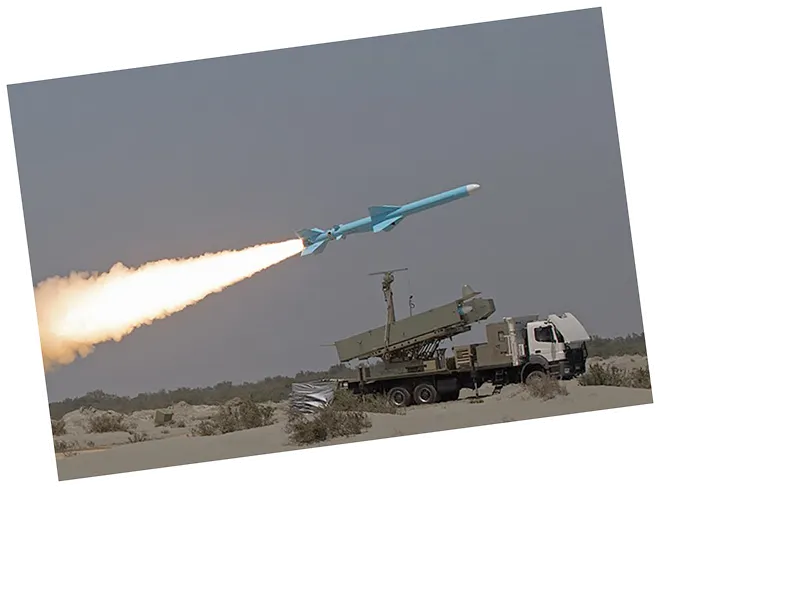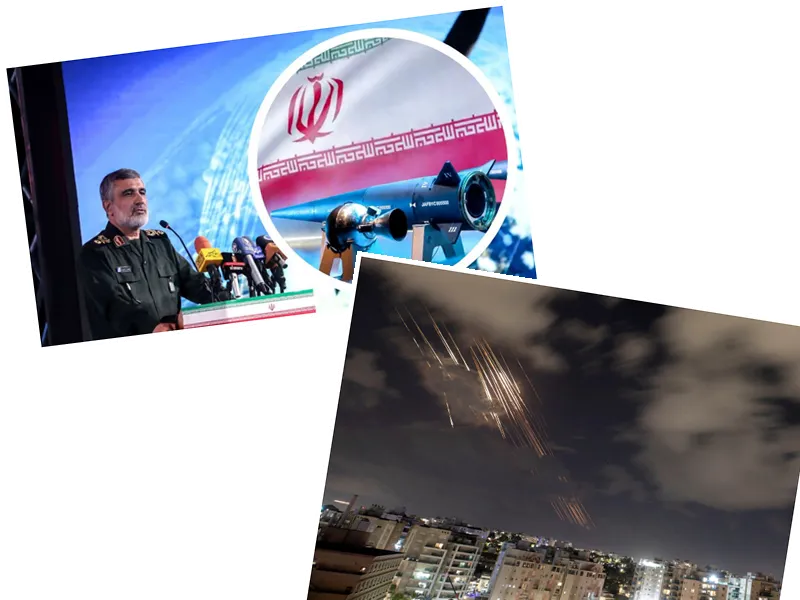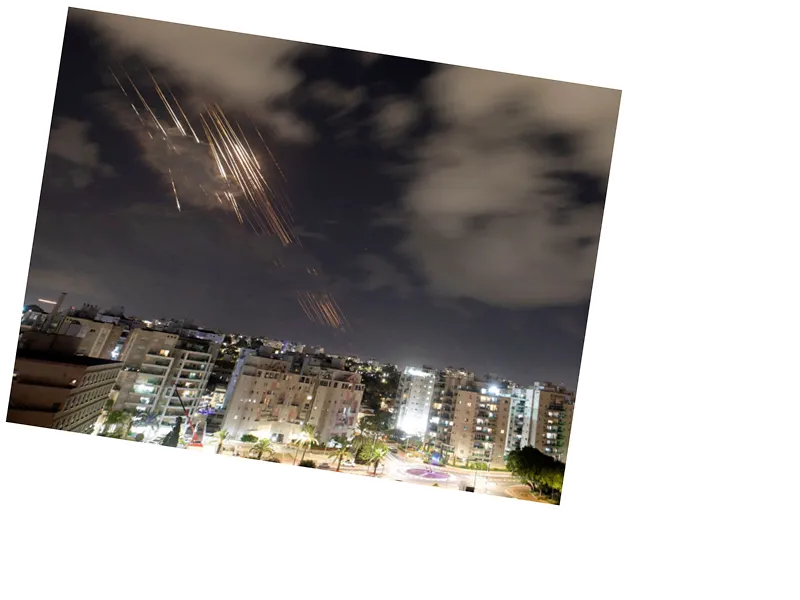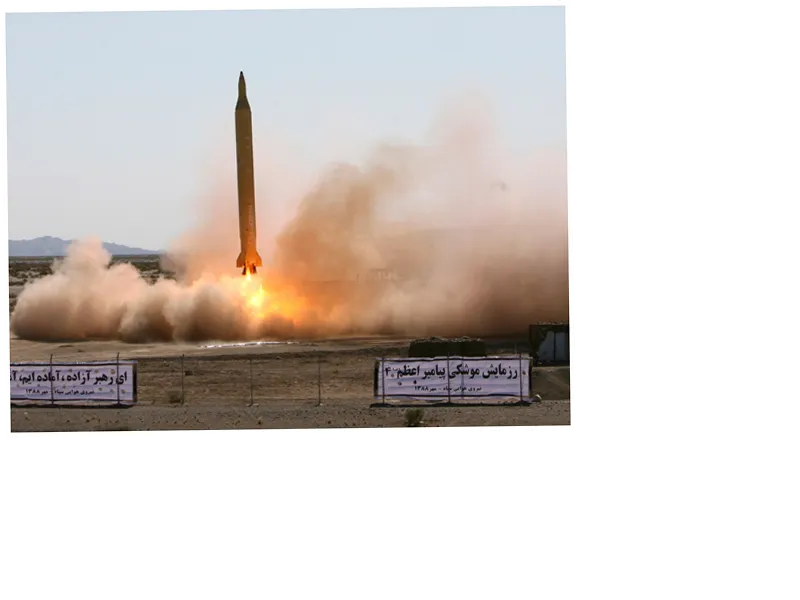Iran's Qader 1 Ballistic Missile: A Threat to Regional Stability
Iran has unveiled the Qader 1 ballistic missile, a key component of its military arsenal, particularly in its ongoing tensions with Israel. First showcased on September 2, 2013, in Tehran, the Qader 1 represents an advanced version of the older Scud missile, boasting a range of up to 300 kilometers. This missile is not only crucial for the Iranian Revolutionary Guard and the Iranian army but also for Hezbollah, enhancing their capabilities against potential adversaries.
Specifications and Capabilities
The Qader 1 missile measures 740 cm in length and has a diameter of 36 cm, reaching speeds of 0.9 Mach. It can fly at low altitudes, between 3 to 5 meters above water, making it difficult to detect and intercept. With a warhead weight of 200 kilograms, it is designed to strike targets with high precision and destructive power, making it a formidable threat to coastal targets and naval vessels.
Operational Flexibility and Strategic Importance
One of the defining features of the Qader 1 is its operational flexibility. It can be launched from various platforms, including shore, sea, and land, and can be adapted for both conventional and nuclear warheads. The missile's design allows it to evade electronic warfare measures and detect enemy radar, enhancing its effectiveness in combat scenarios. Furthermore, its digital autopilot system ensures accurate targeting, while the active internal radar guidance system provides superior control during flight.
Conclusion
As tensions continue to rise in the Middle East, the Qader 1 missile underscores Iran's commitment to strengthening its military capabilities. Its advanced features and versatility make it a significant asset in regional conflicts, particularly against Israel, raising concerns about the potential for escalation in the already volatile region.





